|
|
|
February 2013
|
Volume 2, Issue 10
|
|
Garden Notes
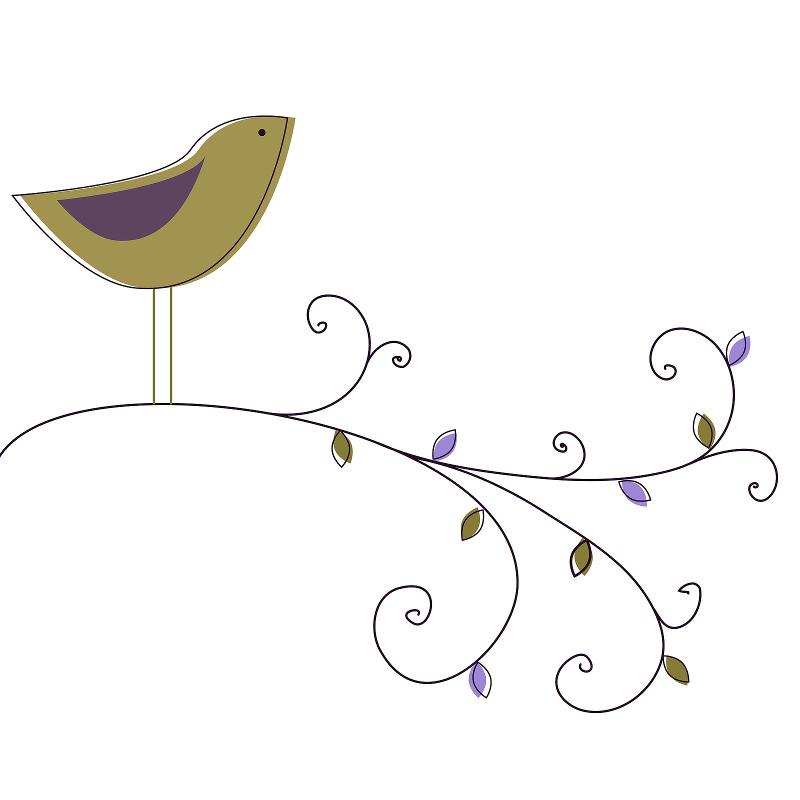
|
|
|
|
|
|
Greetings from Christianson's!
|
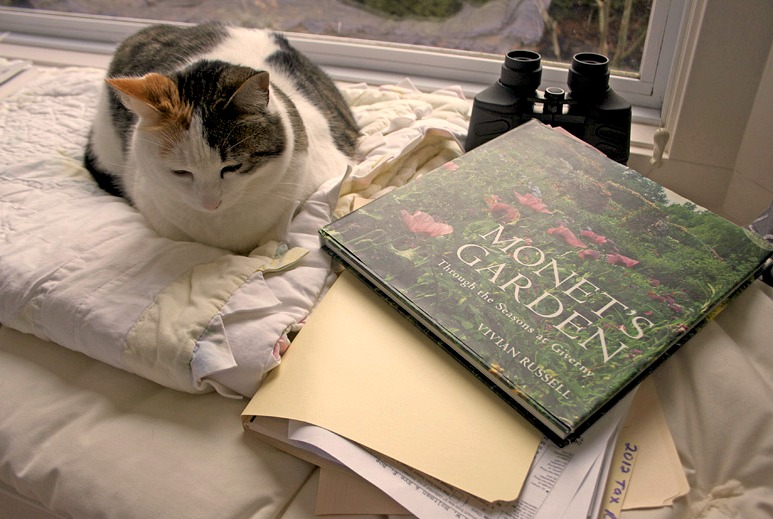
"Happiness, not in another place but this place...
not for another hour, but this hour."
- Walt Whitman
I did it - I read a book from cover to cover! It's been months since I sat still long enough to read a book. Ironically, the book I finally managed to finish was The Art of Procrastination: A Guide to Effective Dawdling, Lollygagging and Postponing by Stanford philosophy professor John Perry. I'd been feeling a bit guilty about my procrastination tendencies. I'm actually a fairly organized person who gets a lot done, but let's just say that the distance from Point A to Point B can sometimes be a long and winding road.
So when I sat down to read this book, I knew exactly what was happening - I was finding a way to postpone doing the big important things on my To-Do list. However, thanks to this little gem of a book, I learned that procrastination is an almost universal 'character flaw' (how comforting!) and that it often takes us on delightful, unexpected, and even life-changing side trips. As Perry points out, a great deal has been achieved in this world thanks to procrastination.
Here's how it works: A few days ago, with taxes looming, my logical brain took me straight to my 'Big Shelf of Garden Books' to look for ideas for this issue of Garden Notes. I was sitting in my window seat reading about Claude Monet's garden when my cat Elsie jumped on my lap for some much-needed attention. Pretty soon Elsie and I were watching the rain and the little junco birds hopping around in the garden beds outside our window. And that's the moment when I first noticed the bulbs were starting to appear! How sweet is that? Just as I'm looking at pictures of Monet's springtime garden, I discover that my own garden is beginning to come to life as well.
Thanks to this small, procrastination-induced detour in my day, I was rewarded with a dose of inspiration and reminded why I love this blustery time of year. When I look back on my life, I know that I will be grateful for time spent reading books and learning about Monet, and time with a loving cat who also enjoys watching the rain and the birds.
I hope you can take time to enjoy not doing the big important things in your life this month. Those things will still be there, sitting formidably at the top of your To-Do lists. But the birds and bulbs, the storms, snowflakes, and sunbreaks...these are things that require our immediate attention. As Ellen DeGeneres so wisely advises, "Procrastinate now; don't put it off!"
Happy February!
 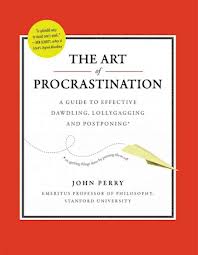
Eve Boe, Garden Notes Editor
Click here to learn more about
The Art of Procrastination
|
|
 |
|
Where To Find Us
| |

15806 Best Road
Mount Vernon, WA 98273
www.christiansonsnursery.com
360-466-3821
1-800-585-8200
Winter Hours:
Daily 9 am - 5 pm
* Open President's Day *
Spring Hours Begin March 1:
Daily 9 am - 6 pm
* Open Easter Sunday *

Voted Best Greenhouse and Nursery
in Skagit Publishing's
People's Choice Awards for 2011
NW Flower & Garden Show
"People's Choice Award 2011"
|
|
|
The Garden in February
by Rachel Anderson
|
February can delight and dismay at the drop of a hat. Its fickle weather toys with our emotions - at one moment sunny and warmish, and then comes the dark, ice and rain bearing clouds to make us scurry for cover and a cup of hopefully uplifting tea (or maybe something stronger). I love and hate February because of this, and yet it never entirely diminishes my optimism and excitement for a new season.
In the ornamental garden:
- February means rose pruning time, and the rule of thumb in our region is to get started around President's Day. However, it's okay if you prune a bit earlier than that, assuming the weather is cooperating. Make sure not to prune in freezing weather. If you didn't mulch your roses in the fall, then do it after you prune this February.
- It's also a good time to prune fruit trees and other dormant shrubs. Take care when pruning flowering shrubs, and note which are spring bloomers and which are summer bloomers, and whether they bloom on old wood or new wood, or both. Confused? We've got a great line up of pruning classes this month and into March if you'd like a bit of help. Sign up early, though, because these classes are popular and fill up quickly. All the class details are provided in this newsletter (see below).
- February is still a good time to apply a dormant spray (lime-sulfur, copper) on most fruit trees and roses. Wait for a calm, dry day that isn't below freezing. If it happens to rain within 24 hours of spraying you may want to reapply. Remember to read and follow the directions on the container and, if you're in doubt, then do a bit of research for information that specifically caters to your types of trees and types of problems. We are here to help if you have questions!
-
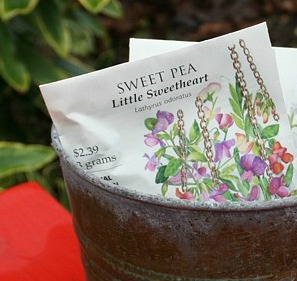 - Valentine's Day is just around the corner and what better way to celebrate than to sow a patch of sweet peas? These seeds are quite tough and can tolerate wet weather and freezing temperatures, and yet still eagerly emerge despite it all. Watch for nibbling critters when the seedlings come up, and maybe put out a bit of slug bait just in case.
- If you've got ornamental grasses in your garden, you may have noticed that they're beginning to fall apart and look messy. Miscanthus is especially guilty of this. Normally I like to wait until I see the beginnings of green new growth to cut back my grasses (which is usually around the start of March). However, if their messiness is driving you nuts, then go ahead and cut them down as low as you can go, ideally leaving 4 inches or so of stubble. If you still love the way they look and appreciate their presence, then leave them be for now. If you have chickens, the tops of grasses make excellent bedding in their coop (but maybe chop it up a bit if the grass was especially tall).
- Cut back evergreen varieties of Epimedium to best show off the flowers which will soon be uncurling from the ground.
- Cut back the tops of herbaceous perennials (if last year's foliage hasn't already disintegrated on it's own) to make room for the newly emerging foliage of a fresh new season.
- If you've overwintered fuchsias, begonias, or geraniums indoors or in a greenhouse, don't forget to peek in on them and make sure they haven't completely dried out. If they've been allowed to go dormant, then there may be a trace of new foliage by now. Move your plant to a brighter location and fertilize with a liquid fertilizer at half strength.
- Cut a few branches for forcing indoors. Some easy favorites are flowering plum, forsythia, flowering currant, and pussy willow. Specific 'how to' instructions are provided in the 'Fresh Ideas' section of this issue of Garden Notes (see below).
In the vegetable garden:
- Before you go too crazy with planting, take note of the condition of your soil. We've had a lot of rain these past few months and the soil may be too wet to work with. I like to do what I call the 'ball test' which goes like this: dig down a few inches and scoop out a handful of soil. Roll it into a ball and then toss it gently up into the air and catch it in your palm. If the soil holds it's shape, then it's too wet to work. If the soil ball falls apart in your hands, then you're good to go. If the soil is too wet, wait for a few days of dry weather and try the test again. Sometimes just a few days is all you need.
- Plant bare root rhubarb, asparagus, artichokes, horseradish, strawberries, cane berries, blueberries, and grapes.
- Plant bare root fruit trees. We've got our best selection in at the nursery right now.
- In late February, you can directly sow outdoors things like snow peas, snap peas, and fava beans. These tough plants can tolerate cold, wet soil better than some, but if we have a stretch of freezing weather, they may just bide their time until conditions seem favorable. If the weather is especially soggy over a long period, there is a chance they will rot, so keep an eye on the weather and your soil. Replant if necessary. Make sure to protect your freshly sown seeds from birds (they love pea seeds for some reason) by covering the row with a strip of chicken wire or other deterrent. Also protect emerging seedlings from slugs.
- Other hardy veggies that can be directly sown into the garden include arugula, radishes, shallots, and onions (for green onions).
- If you didn't plant garlic in the fall, then February is a good time to get it in the ground for a fall harvest.
- If you have a greenhouse or a well-lit room inside your house (either natural or artificial light), many things can be sown indoors for transplanting out into the garden come April or May, depending on the conditions and the type of plants sown.
As you're dodging the icy rain drops this month and yearning for better times to come, remember there really is beauty in all of this and sometimes all it takes is one bright green seedling emerging victorious from the cold, damp earth to remind us that we too can weather the storm.

Rachel has been gardening since childhood, thanks to her mom, and has been part of the team at Christianson's since 2002. She's a Certified Professional Horticulturist with a passion for roses and vegetable gardening. Rachel and her family enjoy gardening together and now share their urban garden with a menagerie of ducks, chickens, two cats, and a dog.
|
|
Seasonal Specials
|

FEBRUARY HIGHLIGHTS
Primroses
New 2013 Seeds
Bare Root Bonanza!
Rhubarb, asparagus, artichokes and horseradish
Fruit Trees, berries, and grapes
Ornamental trees and shrubs
Viburnum, Sarcococca, Witch Hazel,
Hellebores, and Pussy Willows, to name just a few
'Flower Bus' tickets to the Northwest Flower & Garden Show
are available in our Garden Store
Flower Bus tickets include a show ticket and the bus ride ($52)
Early bird show tickets are also available for just the show ($16)
Valentine Treasures in Primrose
Heart-shaped soaps, gift cards, soaps and candles, lovely sleepwear,
pretty umbrellas, and many other one-of-a-kind treasures for your sweetheart
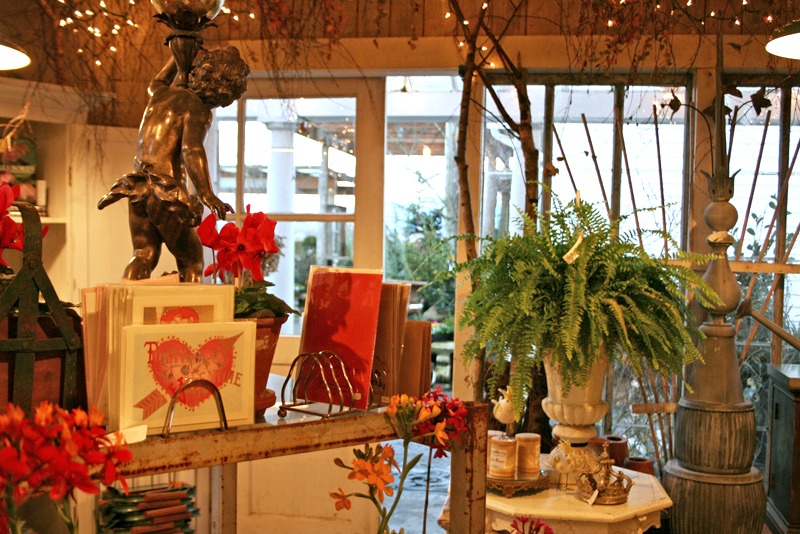
SPRING SPECIALS
February 1 -14
Blooming Witch Hazel and Heather - 20% off
Hundreds of winter and spring flowering plants
February 15 - 28
Roses - 20% off
Our biggest Rose Sale of the year!
Includes antique, English, climbing, and drought-tolerant rugosa roses
March 2 and 3
Hellebores - 20% off
Huge selection of our favorite winter-flowering perennial
March 1 - 14
Bare Root - 20% off already low bare root prices
Our best selection of the year!
Includes fruit, flowering and shade trees, berries, lilacs, and hydrangeas
March 15 - 31
Camelias - 20% off
Winter and spring flowering beauties - many in bloom!
|
|
Staff Picks
| 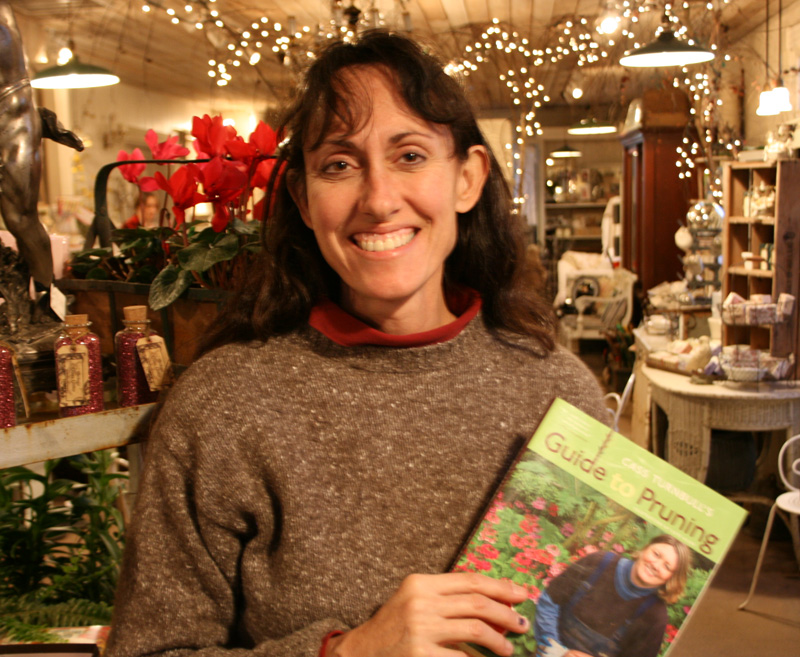 This month our 'Staff Picks' come from Kathryn Poole, a Christianson's staff member for twenty years. Ever since she was a kid, Kathryn knew she would work with plants or do something outdoors. She's a Certified Professional Horticulturist and a garden designer. Kathryn is also an expert buyer for our perennial plants and is happy to search for hard-to-find perennials for customers who have special requests. Here are a few of Kathryn's favorite picks for the month of February. Plants: Hellebores: There are some great new hybrids to pay attention to, such as 'Champion,' which has big blooms and is nicely upright, 'Rosemary' has lovely pink flowers and blooms forever, and 'Monte Cristo' has great silvery foliage. There are also wonderful species hellebores, such as Helleborus argutifolius (I especially love 'Silver Lace') and Helleborus foetidus with it's lacey foliage and great stem color. Euphorbias: These plants are willing to do anything for you if they are planted in a sunny spot. They are short and tidy, or big, wild and tropical. I especially love Euphorbia x martinii 'Ascot Rainbow' with its winter blush over green and gold variegated foliage (and it won't get larger than about 20"). I also like Euphorbia myrsinites with its cheerful chartreuse flowers and versatile uses, and Euphorbia amygdaloides 'Ruby Glow'. Bergenia: This plant has big, wide leaves with pink flower stocks. It blooms in April but offers great red foliage in February. Daphne: I love the deciduous February daphne (Daphne mezereum) with its fragrant lilac-colored flowers that bloom along the stem, followed by showy red berries. You can bring cut branches inside for a wonderful clean, lemony, sweet fragrance. I'm also crazy about Daphne x houtteana, a slow grower with deep burgundy-colored leaves and bright green new emerging foliage. This plant likes full sunshine and well-drained soil, and is hardy to Zone 7. 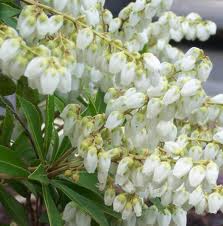 | |
Pieris 'Prelude'
|
Pieris: I particularly like the compact dwarf varieties such as 'Prelude' and 'Cupido', and I adore 'Flaming Silver' with its new growth that goes from crimson to rose to salmon to peach. It provides a rainbow of color at the time of year when we really need it. It grows well in low-light areas and grows to about 6 - 8' tall. Stranvaesia davidiana: This is a wonderful but underused evergreen shrub with a reddish-glow because the under-sides of the leaves have a red color. Its flowers are white and grow in close clusters, followed by small red pome fruits. Contorted Filbert: The bare branches provide great interest in the garden and are also a nice addition to indoor bouquets. Weeping Pussy Willow: The showy chartreuse-green buds have a blush of red. The shape of the tree is so interesting and the catkin buds are so full of promise. Resources and Tools: ARS pruners: I'm a fan of ARS pruners because they are of high quality and are lightweight yet durable. Cistus Nursery: This is a great nursery just outside Portland, Oregon and they always have a wonderful selection of unusual plants. www.cistus.com The American Horticultural Society A to Z Encyclopedia of Garden Plants:
For years this has been my very favorite reference book.
Cass Turnbull's Guide to Pruning:  An entertaining and extremely useful reference book
Reminder... Cass Turnbull will be presenting 'The Overgrown Garden' at Christianson's on Saturday, March 9, from 11 - noon Reservations required; $10 class fee Call us soon to make your reservations for this popular talk! 360-466-3821 or 800-585-8200 |
|
Upcoming Events
|
February 20, 21, and 22: Ride our 'Flower Buses' to the
Northwest Flower & Garden Show
The Northwest Flower and Garden Show will be at the Washington State Convention Center in Seattle from February 20 - 24 and we will once again be offering 'Flower Buses' so you can gather your friends and enjoy the show without the stress of driving and parking. The Flower Buses will leave the Nursery on Wednesday, Thursday and Friday (February 20, 21 and 22) at 8:30 am and return at approximately 6 pm. The cost of a combination show ticket and bus ride is $52. Call us today to reserve your space (360-466-3821).
If you're traveling to the show on your own, tickets for the show are available for purchase in our Garden Store. Tickets are $16 for early bird tickets and $20 during the dates of the show (February 20 - 24).
While you're at the show, check out the cool plants we will have for sale at Booth 2518
Our Fifth Annual Winter Gardens Photography Contest is underway!
Entries are welcome up until February 25
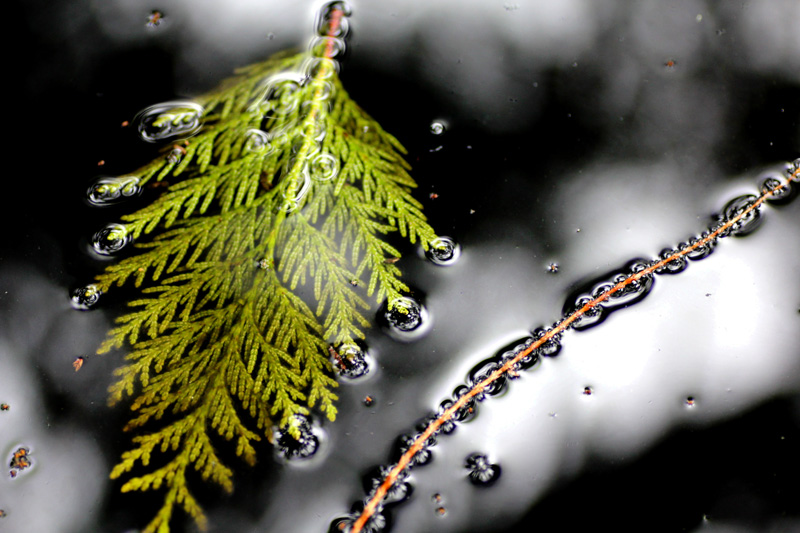 | |
'Reflection of Winter' by Carol Worrell
First Place winner in 2012 (Category 1)
|
March 2 and 3:
A Fascination for Hellebores
Seventh Annual Winter Festival
Special Presentation...
Saturday, March 2, at 1 pm
Guest Speaker Marianne Binetti will be presenting
"Hot Hellebores and Other Cool Plants for Early Color"
Reservations are required for this complimentary event
so call us early to reserve your spot!
360-466-3821 or 1-800-585-8200
Full details about all of these events can be found on our website
'Big Tent' Events Coming in June!
Saturday, June 22, at 1 pm:
Dan Hinkley presents "New and Exciting Plants for the Pacific Northwest"
Presented in partnership with Monrovia
Reservations required: $5
Sunday, June 23, at 1 pm:
Karen Chapman presents "Container Creations"
Reservations required: $5
Saturday, June 29, 9 am to 6 pm:
A Rosy Day Out: Tenth Annual Rose Festival
With Keynote Speakers and long-time 'rose buds':
Ciscoe Morris & John Christianson
Complimentary event (no reservations required)
|
|
Early Spring Class Calendar
|
February and March Classes
for full class descriptions, please visit ou r website
Saturday, February 2 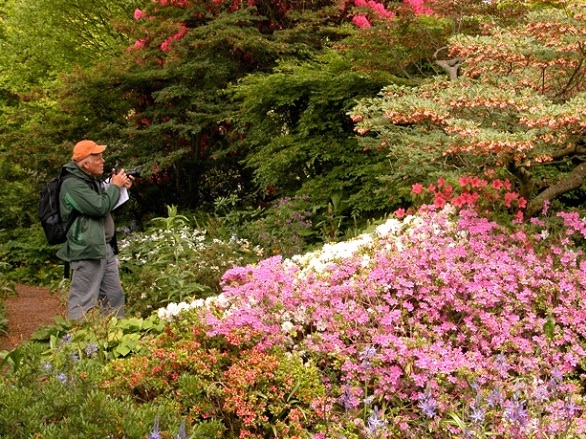
Point-and-Shoot Garden Photography
11 am - noon (reservations required - $5 class fee)
Saturday, February 9
Choosing Your Apple Trees
11 am - noon (reservations required - complimentary)
Saturday, February 16
Pruning and Training Young Fruit Trees
11 am - 12:30 pm (reservations required - $5 class fee)
Saturday, February 16
Problem Trees in Your Garden?
1 - 2 pm (reservations required - $5 class fee)
Saturday, February 16
Onsite Tool Sharpening ~ Bring your tools!
11 am - 3 pm
John and Randi Blacker with Edgemaster Mobile Sharpening will be at the Nursery to sharpen tools from 11 am - 3 pm on Saturday, February 16. Tool sharpening rates: hand pruners $4.75, loppers $6.00, hedge clippers $6.00, shovels and hoes $6.00, and lawnmower blades $7.00 (no saws).
Sunday, February 17
Growing Giant Pumpkins
1 - 2 pm (reservations required - $5 class fee)
Saturday, March 2 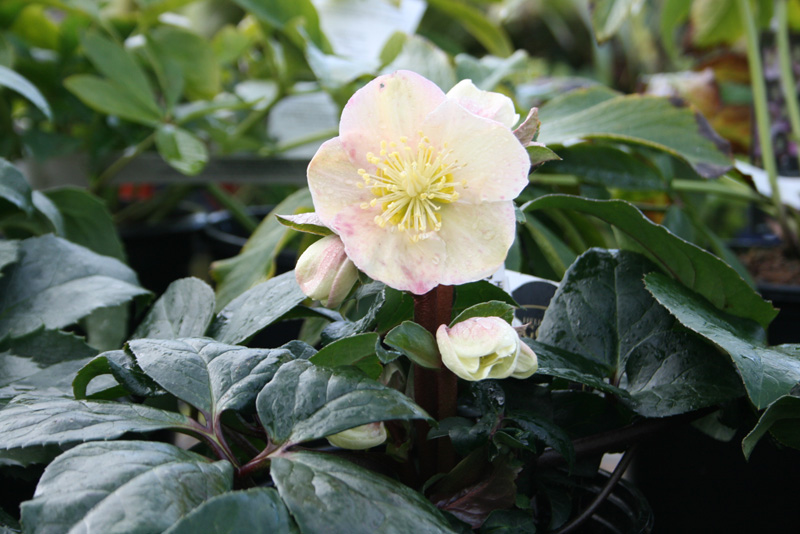
Marianne Binetti: Hot Hellebores and Other Cool Plants for Early Color
1 pm (reservations required - complimentary)
Saturday, March 9
Cass Turnbull: The Overgrown Garden
11 am - noon (reservations required - $10 class fee)
Sunday, March 10
Rose Pruning with John Christianson
1 - 2 pm (reservations requested - complimentary)
Saturday, March 16
Yoga for Gardeners
11 am - noon (reservations required - $5 class fee)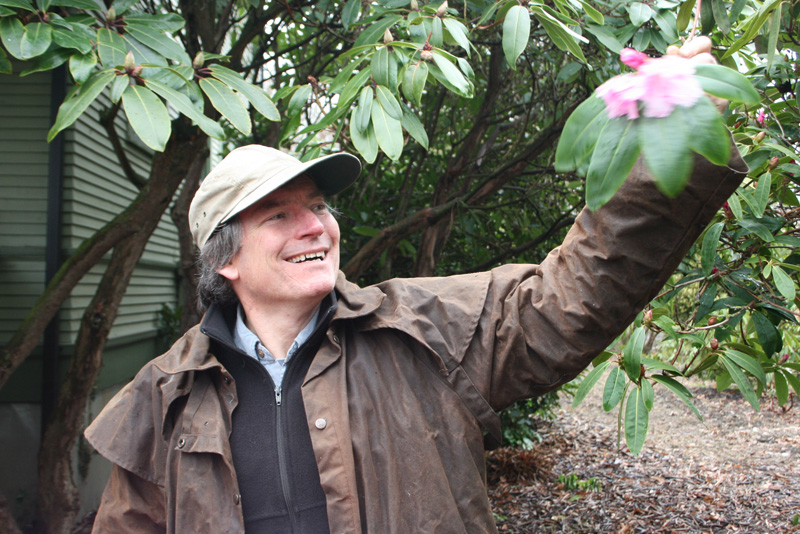
Sunday, March 17
Spring Walk with John Christianson
1 - 2 pm (reservations requested - complimentary)
Following the Spring Walk, plan to have 'Tea at the Granary' at La Conner Flats. Please call 425-765-0046 to make your tea reservations ($21.95 per person)
Saturday, March 23
Grafting Tomatoes
11 am - noon (reservations required - $5 class fee)

Sunday, March 24
Landscape Staging for Selling or Living
1 -2 pm (reservations required - $5 class fee)
Saturday, March 30
Veggie Gardens from Scratch, Part 2
11 am - noon (reservations required - $5 class fee)
Saturday, March 30
Along the Primrose Path
1 - 2 pm (reservations required - $5 class fee)
Full details about all of our classes and events can be found on our website
For class reservations, please call us at 360-466-3821 or 1-800-585-8200
|
|
Fresh Ideas
|
If YOU have a favorite gardening tip or fresh idea you'd like to share in Garden Notes, please email your submission to eve.christiansons@gmail.com and put 'Fresh Ideas' in the subject line of your email. You are also welcome to send your submissions to us at: Christianson's Nursery, Attn Eve Boe, 15806 Best Road, Mount Vernon, WA, 98273. Be sure to include your contact information (name, address, phone and/or email address) and please print clearly. If your 'Fresh Idea' is selected for publication, you will receive a $20 gift certificate to Christianson's.
|
|
Closing Thought...
|
"Forever is composed of nows."
- Emily Dickinson
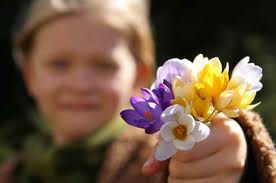
|
|
|
|
Garden Notes Editor:
Eve Boe, Public Relations
Christianson's Nursery & Greenhouse
360-466-3821
|
|
|
|
|
|